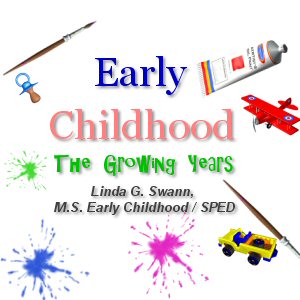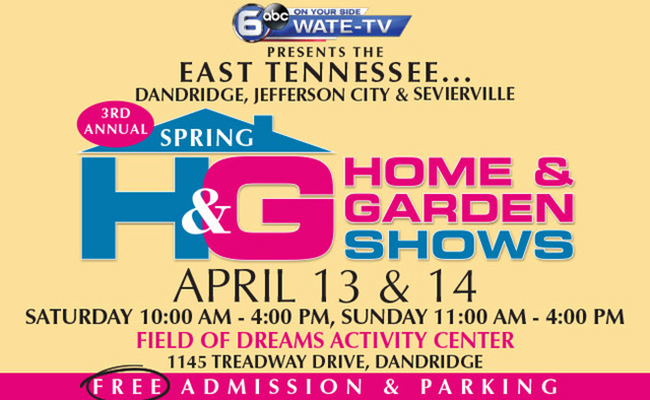The Use of Nursery Rhymes
 Nursery rhymes use predictable, repetitive language, which becomes a great tool for teaching toddlers and preschoolers. To use nursery rhymes as a teaching tool, you should remember these basic rules:
Nursery rhymes use predictable, repetitive language, which becomes a great tool for teaching toddlers and preschoolers. To use nursery rhymes as a teaching tool, you should remember these basic rules:
– When a rhyme mentions a body part, touch, tickle, shake, and/or wiggle it.
– When you see a picture of the word you are saying, point it out.
– When there is an action mentioned, mimic it.
– When possible, sing the rhyme.
In “This Little Piggy” there are vocabulary words to talk about (market, roast beef, none), a math concept called one-to-one correspondence, when children count items and touch each one as they count it, and teaching action words by wiggling the toe.
This little piggy went to the market (wiggle the big toe)
This little piggy stayed home (wiggle the next toe)
This little piggy had roast beef (wiggle the middle toe)
This little piggy had none (wiggle the next toe)
This little piggy went wee-wee-wee-wee all the way home! (Wiggle the baby toe and then tickle all the way up to the tummy!)
In “Teddy bear, Teddy bear” every line has something to do.
Teddy Bear, Teddy Bear, Turn around;
Teddy Bear, Teddy Bear, Touch the ground.
Teddy Bear, Teddy Bear, Polish your shoes;
Teddy Bear, Teddy Bear, Off to school.
In “Pat-a-Cake” children hear the sounds of language. Rhyming is a part of phonological awareness (the ability to hear and manipulate sounds), which predicts reading.
Pat-a-cake, pat-a-cake, baker’s man, (clap your hands, then pat your legs alternately, baby can do the same)
Bake me a cake as fast as you can (clap your hands, then pat your legs alternately, baby can do the same)
Roll it, (roll your arms in a circle) and pat it, (pat your hands on your lap) and mark it with a B, (write a B in the air)
And put it in the oven for baby and me! (Make the motion of putting a cake in the oven)












